Food delivery app development has allowed food businesses to expand rapidly and exponentially in the past few years. Every aspect of the food business, from medium and small enterprises to large multinational corporations, has adopted this method of delivery to increase the number of customers they service and improve the quality of service. Food delivery has seen a significant increase in recent years. Let's talk about the key statistics:-
Key Insights of Food Delivery
-
-
The market for food delivery service is likely to increase to $34.68 billion at 2024's close, which indicates a constant growing trend.
-
This will be a projected 19.88 percent increase between 2024-2027. This market could be worth $71.63 billion by 2027.
-
The platform's user base is growing, and 2.11 billion users are expected to utilize the Platform-to-Consumer delivery category by 2025.
-
Applications for food delivery are no longer limited to ordering food and having it transported by a driver. This industry has witnessed radical changes and massive expansion, leading investors to seek out mobile app developers. Be aware that the following trends have improved the distribution of food. These are the latest developments in mobile apps that will take your brand to a higher level.
The Evolution of Restaurant Delivery
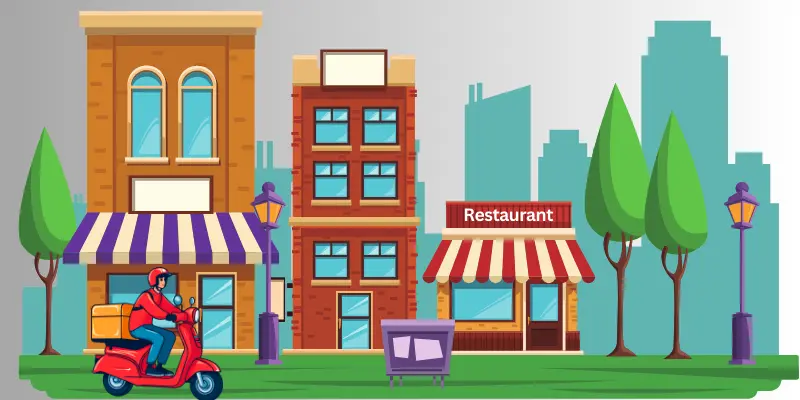
The restaurant delivery industry has undergone an enormous change in the delivery landscape, and it has witnessed a change in business models and the integration of delivery services alongside the dining experience. Delivery to restaurants was generally the result of dining-in choices that relied on phone orders or staff who would deliver to the premises. However, the evolution of digital technology changed the delivery process and led to the development of delivery services focused on customers and the advent of online ordering systems. Restaurants began adopting different business models. These included virtual brands and cloud kitchens that are specifically designed to cater to the needs of delivery. The focus of their operations shifted away from traditional dining establishments and focused on optimizing their processes for efficiency in delivery. In addition, the epidemic enabled the integration of delivery services into dining experiences, requiring restaurants to upgrade their infrastructure to accommodate inside dining and seamless delivery. Concepts like "dark stores" and dedicated areas to deliver food within restaurants were developed, making it possible to manage specific orders to be delivered efficiently. This has fundamentally transformed the way we think about dining out and made it clear that there is a need for an integrated and comprehensive strategy to meet the changing preferences for dining in and ordering food.
Technological Innovations and Their Impact
Technological advancements, such as AI applications, software, and automated systems, have fundamentally altered the food ordering process, improving efficiency and customer experiences. AI-powered algorithms assess the preferences of the customers, offering specific recommendations and easing ordering. Apps serve as central platforms with user-friendly interfaces that facilitate effortless transactions, real-time tracking of orders, and secure payment options that respond to consumers' evolving requirements in terms of simplicity and accessibility. Automation, with optimized logistics and route planning, ensures speedy and efficient deliveries. Studies show how major businesses like Zomato and Uber Eats leverage these technologies. Zomato's AI-driven recommendation engine and Uber Eats' sophisticated app interface prove the viability of implementing technology that changes the user experience, increases the effectiveness and efficiency of food ordering via the web, and significantly impacts customers' habits.
Online Food Ordering Trends
Consumers' use of food delivery applications has changed dramatically over the last few years. There is a rising demand for convenience and flexibility, and they can enjoy delicious food from the comfort zone of their home. Consumers are increasingly dependent on mobile apps and websites that allow them to order food products. The reason is the need for speed, ease of use, and an expectation for quick delivery or pick-up choices. Furthermore, there's an increased emphasis on suggestions for ordering that are customized to the individual's preferences. The trust that online platforms have to ensure food safety and high quality has grown, increasing orders from various restaurants. This represents a significant shift in how consumers perceive their food services and emphasizes a smooth experience and a wide range of choices when ordering online.
Future Trends Of Food Delivery App Development
After viewing the past figures for food delivery applications, it is expected that the demand for mobile apps for food delivery will be promising in the near future. Let's discuss the future trends:-
Cloud Kitchens
Cloud kitchens, also known as "ghost kitchens," are becoming increasingly popular with investors who want to enter the food delivery field. This method allows entrepreneurs to manage their food delivery businesses without accommodating more people.
Market analysts say the ghost kitchen or cloud market will earn USD 117.89 billion by 2031. If you own an online kitchen that relies on third-party services, it is crucial to establish an online food delivery system. This will allow you to reduce the costs of offering services through other channels. Furthermore, it lets you monitor the orders that are received.
Food Delivery via Drones
Food delivery with drones is one of the most innovative methods to improve efficiency. This concept is popular because it reduces traffic congestion and expedites delivery. Additionally, it allows companies to hire more employees to handle food delivery.
In 2016, Domino's launched its first service for pizza delivery, which uses drones inside New Zealand. According to market reports, Garuda Aerospace is in talks with the app that delivers food, Zomato, and Swiggy, over drone-based meals. This technology will ensure that food delivery services are delivered on time and to the correct place. Additionally, it permits businesses to provide more food in less time than previous methods.
Contactless delivery
Contactless delivery is a further commercial innovation that many food delivery companies have taken advantage of since the beginning of the outbreak. It helps make delivery safer and more efficient for drivers and customers. Most consumers prefer the option of delivery via contactless in response to the increasing global health hazards since technology removes the need for physical contact and the possibility of spreading viruses.
Technological advancements have led to the creation of payment systems that allow online food delivery. Customers can now make payments for meals online without needing to speak with someone.
Restaurants can enhance their customer experience by swiftly responding to this shift. They are investing heavily in improved logistics and innovating new delivery techniques. Examples include GPS monitoring and real-time updates.
Food Delivery Directly from restaurants
The most well-known establishments for food, such as Uber Eats or Doordash, are not fans of third-party vendors. This has resulted in the growth of direct food delivery services from eateries and trucks because creating the app for caterers will help them cut costs on commissions owed by third-party vendors.
Ideally, This technique suits those who manage restaurant franchises or want to establish direct communication with their business's patrons. Domino's and Pizza Hut are prime examples of restaurants employing apps.
Food Ordering Using a Smartwatch
Smartwatches are increasingly sought after in the delivery sector for their convenience and hands-free option for customers looking to make and keep track of their purchases. Smartphones with voice control and real-time notifications allow customers to effortlessly navigate menus, make orders, and get delivery details with just a few taps.
This development is in response to the fact that customers are more often looking for quick and straightforward ordering, which increases customer satisfaction and incentivizes customers to take advantage of meal delivery services.
Delivery Subscription
Food delivery services have gained popularity. They give customers the convenience of scheduled delivery and discounted services. Memberships usually include benefits like prior treatment for delivery, service free or at a discounted cost, and discounts that create a loyal customer base and an increased amount of repeat customers for food delivery and dining establishments.
Many food delivery businesses provide subscription packages for their clients. For example, Uber is a well-known business in the food delivery industry that offers a subscription plan for delivery service trips priced at $9.99 per month and $99.99 annually. Uber has also increased the number of repeat customers and customer retention in response to the growing need for cost-effective, efficient, and easy food delivery. In addition, it guarantees that the company earns a constant annual or monthly income.
Immersive Menu Experiences with AR/VR
Augmented Reality (AR) and Virtual Reality (VR) have altered how people interact with and utilize meal delivery apps. The new technology has allowed customers to have an immersive experience when they browse food menus by providing an interactive preview of food items on their phones. This will enable customers to make the right choice when ordering food. It also lowers the possibility of having to return or cancel orders.
VR improves the experience of taking customers on a virtual journey to their favorite dining establishments, giving them the feeling of being in the restaurant as they select options from the menu. These advanced technologies are integrated into meal delivery solutions, enhancing the dining experience overall, from choosing to dining.
Top Food Delivery Apps
There is a plethora of food delivery apps that have captured a significant market share in the food & beverage industry. Some of them are mentioned below:-
Zomato

Zomato is a global food delivery app and restaurant aggregator platform operating in over 10,000 cities in 24 countries. It offers various dishes, from regional favorites to international delights, catering to various preferences.
Zomato's intuitive interface lets users browse nearby restaurants, review reviews, look up menus, and order effortlessly. Furthermore, its subscription program for members, Zomato Gold, provides special deals and discounts in partner establishments, which enhance the eating experience.
Uber Eats
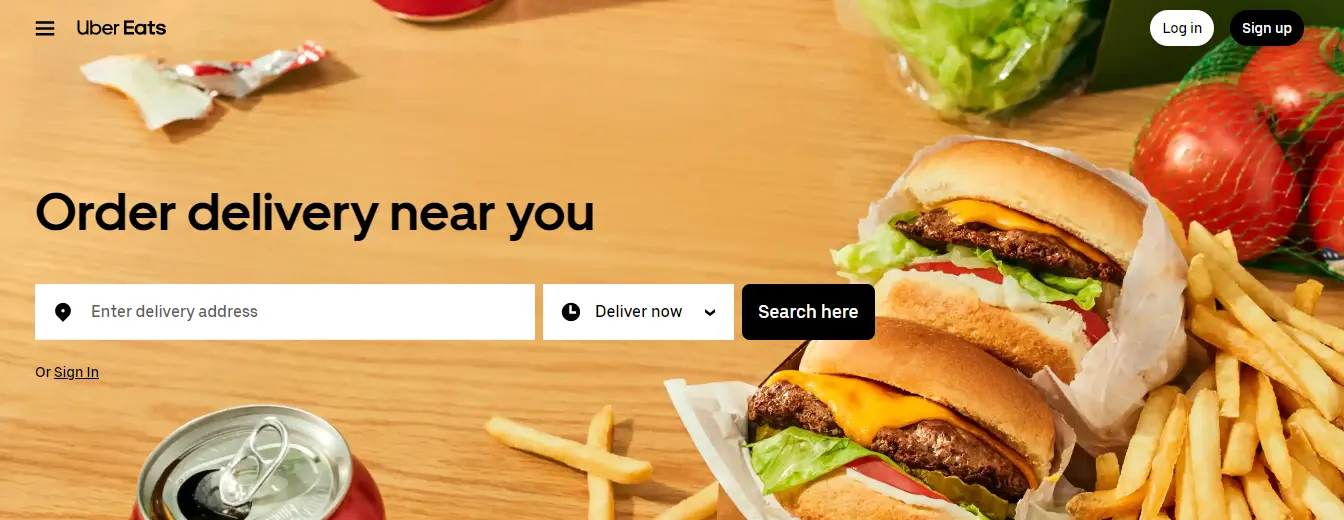
Uber Eats is an expansion of the popular ride-sharing service Uber that provides food delivery through a selection of eateries. Due to its wide availability and effective delivery services, Uber Eats has gained popularity with users worldwide.
Users can browse through a wide menu of restaurants, sort choices based on cuisine or prices, and track the progress of orders in real-time. Uber Eats also provides fast and reliable delivery, making it an excellent option for busy people and families.
Swiggy
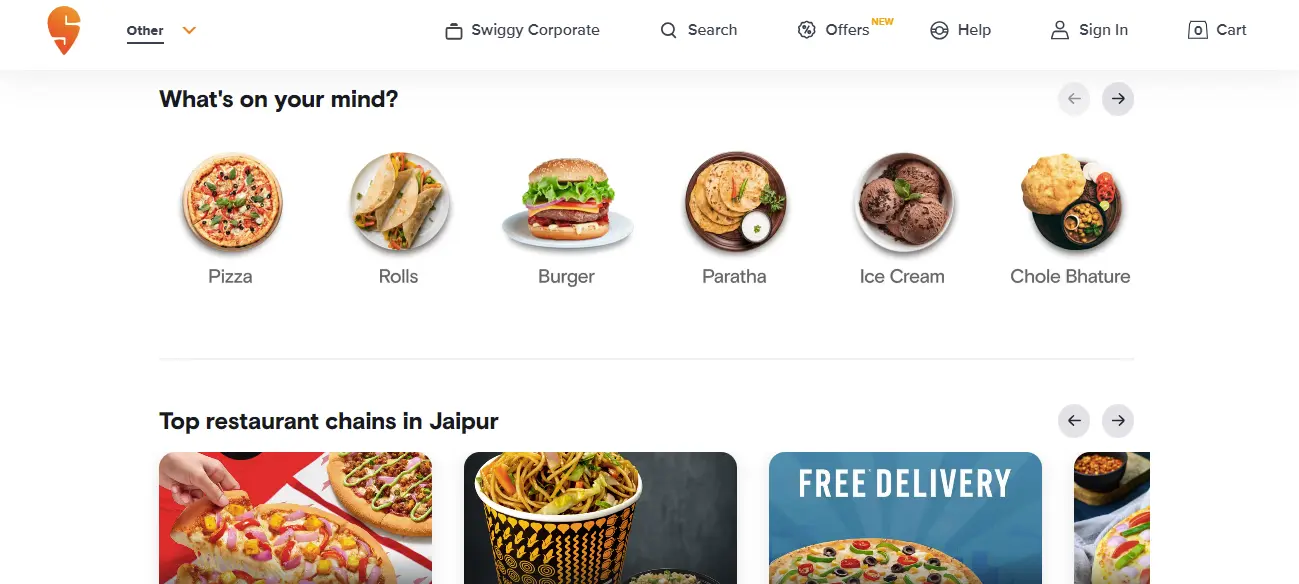
Description Swiggy is the most popular food delivery service in India. It is well-known for its numerous restaurant partnerships and speedy delivery services. It has a presence in many cities nationwide and offers its customers multiple food options.
Swiggy's user-friendly interface lets customers find nearby restaurants, browse menus, and place orders quickly. It also offers new services such as Swiggy Pop, which provides single-serve meals at affordable prices for single diners and small groups.
DoorDash
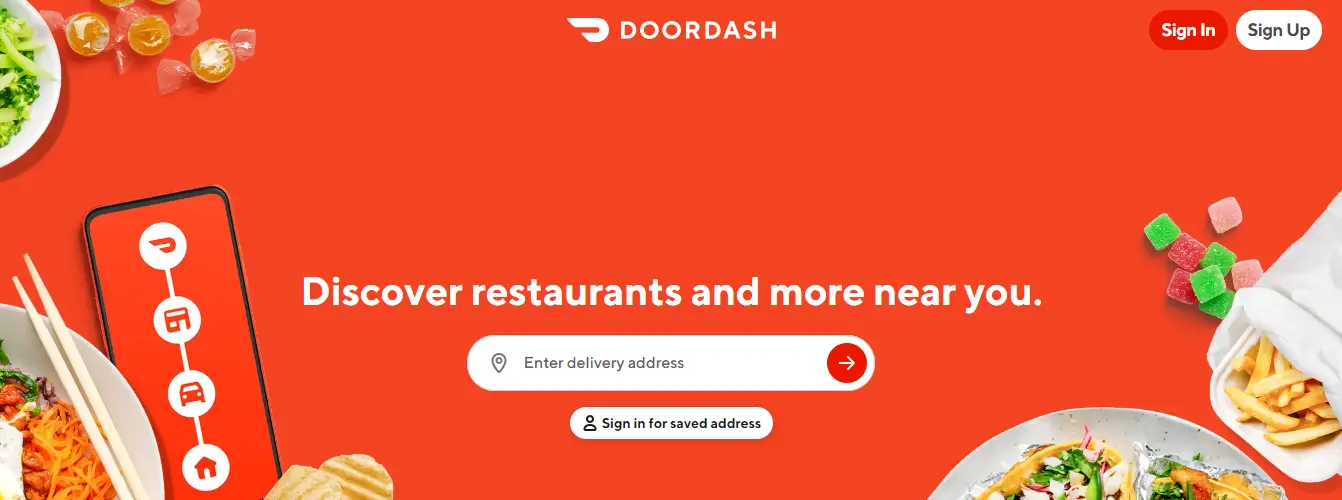
DoorDash is a food delivery service based in the United States. It connects users with local eateries and restaurants and has a wide network of merchant partners, providing its customers with an array of dining choices.
DoorDash offers users individual recommendations based on the current location and past purchases and makes it simpler to find new dining alternatives. It also provides options like scheduled delivery and group orders catering to different dining and occasions.
Eleme
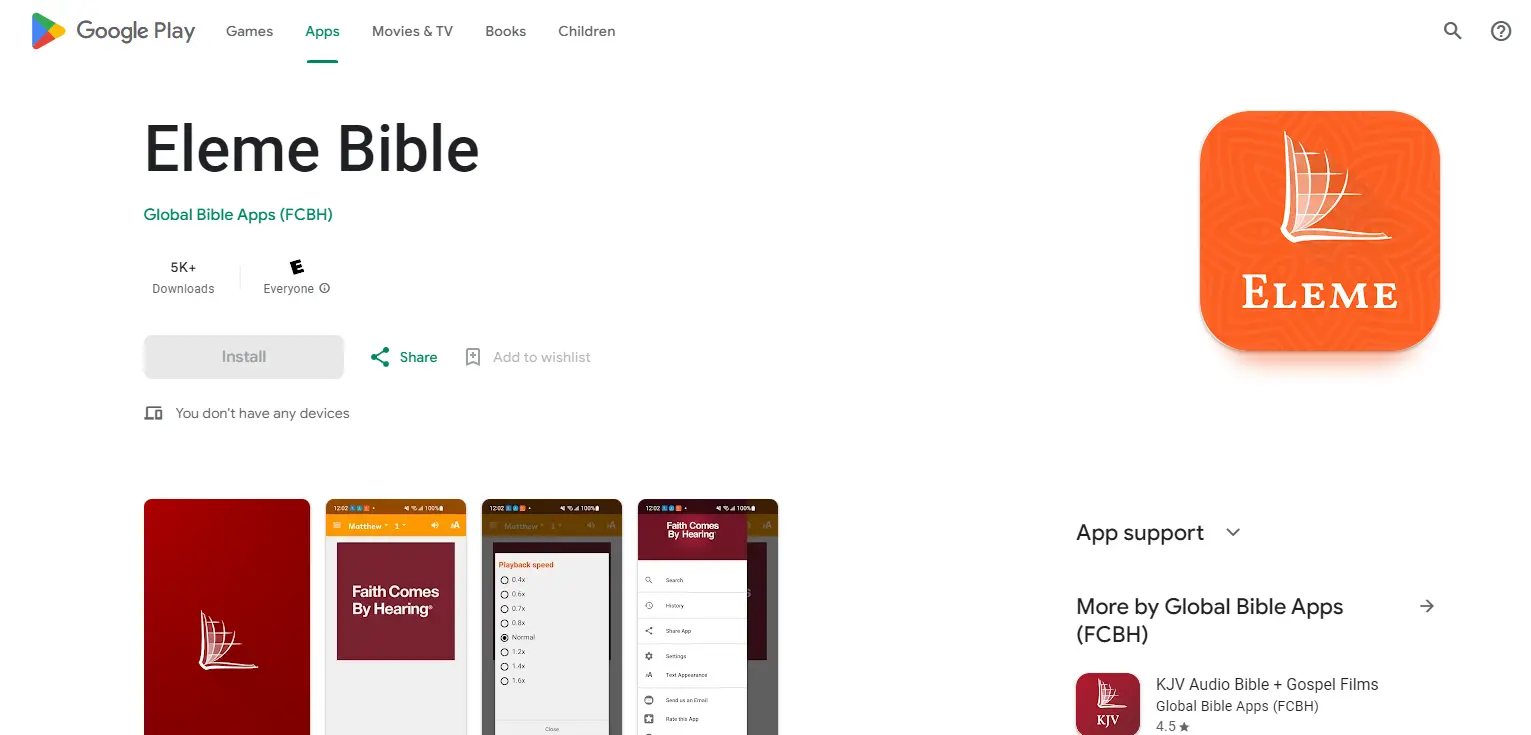
Eleme is a renowned food delivery application in China that offers its customers diverse food and dining choices. With its easy-to-use interface and speedy delivery services, Eleme has become popular among food lovers nationwide.
Eleme's mobile app lets users browse through a variety of dining establishments, review them, and easily place orders. It also provides features such as real-time order trackers and customer service that ensure patrons' smooth eating experience.
Final Thoughts
Hoping that after reading the blog post, you now have a general idea of what the future trends of food delivery services globally will be. With more customers ordering meals and food online, the market for food delivery online is growing. It is now the best time to contact the best mobile app development company to help you launch a food-related mobile app company that will capitalize on these trends in delivery.
If you have any Food delivery application ideas, discuss them with the team of JPLoft developers. They understand your requirements and give wings to your business ideas.





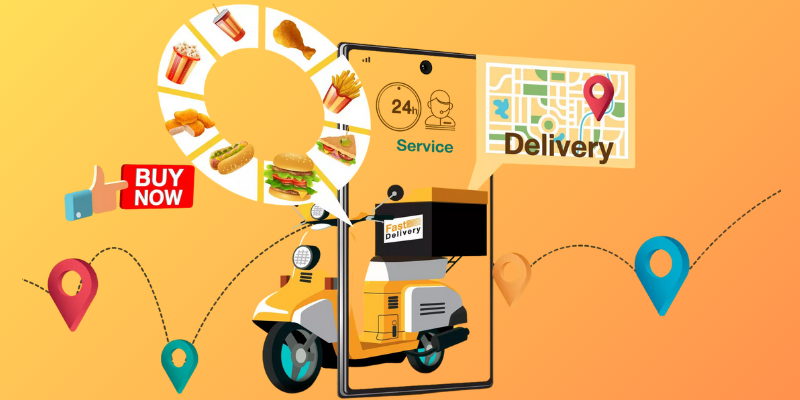


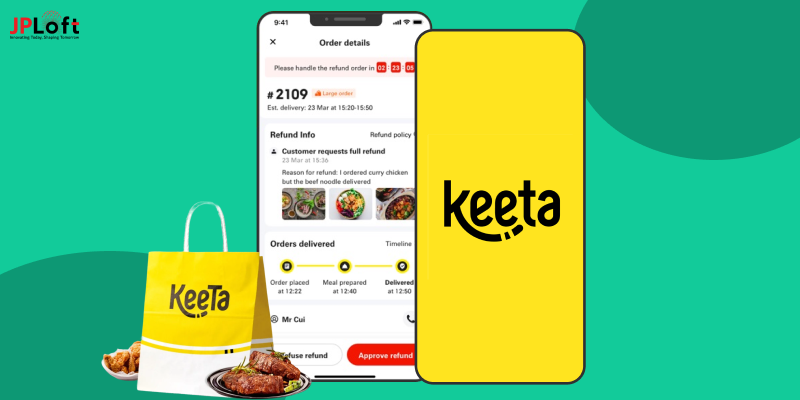
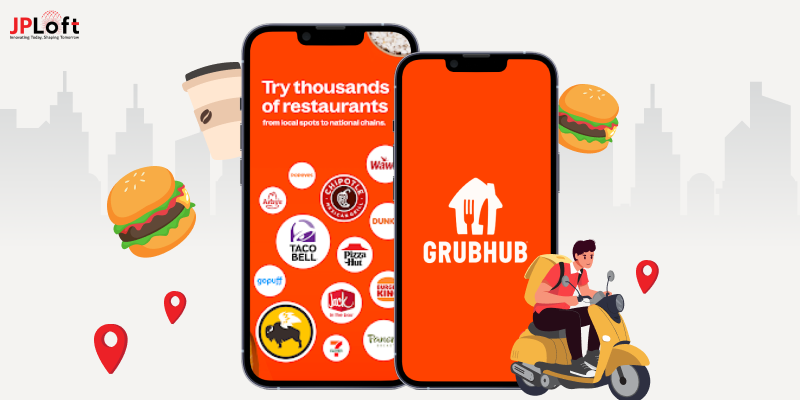
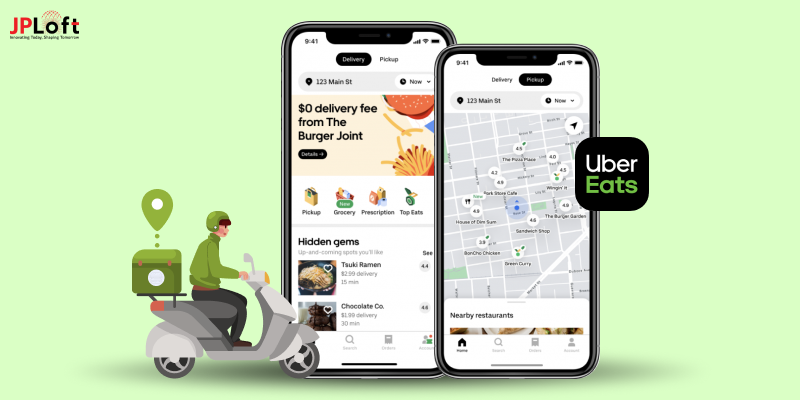


Share this blog